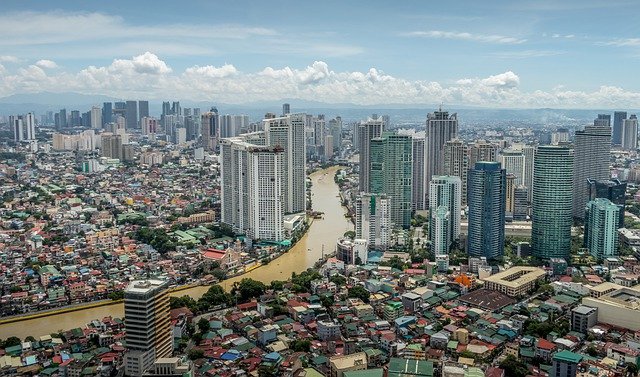
-
PH economy beats forecasts with 8.3% Q1 GDP growth
-
The first-quarter growth outperformed the revised 7.8% expansion in Q4 2021 and was a reversal from the 3.8% contraction in the first quarter last year
-
The economy surpassed pre-pandemic GDP levels and exceeded the median analyst forecast of 6.7% growth, says Socioeconomic Planning Secretary Karl Kendrick Chua
-
Transportation and storage recorded the highest growth of 26.5%
Beating forecasts, the Philippine economy grew 8.3% in the first quarter of 2022, according to the Philippine Statistics Authority (PSA).
The first-quarter gross domestic product (GDP) was higher than the revised 7.8% growth recorded in the fourth quarter of 2021 and was in contrast to the 3.8% contraction in the first quarter last year that resulted from the impact of the pandemic.
Socioeconomic Planning Secretary Karl Kendrick Chua in a statement said the economy has surpassed pre-pandemic GDP levels and exceeded the median analyst forecast of 6.7%, “making the Philippines the fastest-growing economy in the East Asia region for the period.”
The strong first-quarter performance “moves us closer to achieving our growth target of 7-9% this year,” Chua said.
He said growth was broad-based, as most economic sectors rebounded from contractions they recorded in the same period last year.
On the production side, all sectors expanded on the back of strong industry and services, which grew 10.8% and 8.6%, respectively. Agriculture improved slightly by 0.2%.
Of the 16 economic sectors, transportation and storage recorded the highest growth of 26.5%, followed by other services with 22.3% and accommodation and food service activities with 21%.
Transportation and storage were among the main contributors to the first-quarter 2022 growth, so were manufacturing, which grew 10.1%, and wholesale and retail trade, and repair of motor vehicles and motorcycles, which expanded by 7.3%.
On the demand side, household final consumption expenditure rose 10.1% in the first quarter. Also recording growth were gross capital formation, 20%; exports of goods and services, 10.3%; and imports of goods and services, 15.6 %.
In contrast, growth in government expenditure slowed down temporarily to 3.6% from 16.1% last year, as public construction contracted by 4.9%, amid the election spending ban, which began towards the end of the first quarter.
To sustain growth momentum, Chua said the country’s economic planners will “continuously work hard to strengthen our domestic economy against heightened external risks such as the Russia-Ukraine conflict, China’s slowdown, and monetary normalization in the United States.”
Asked what the next administration should do to maintain growth, Chua recommends keeping a strong macro-fiscal foundation to “ensure the house or the ship of the Philippines will remain strong so we have resources to help the people address other concerns”; and policy continuity, including this administration’s reforms, such as tax reform, rice tariffication, and ease of doing business.
In 2021, the Philippine economy grew 5.6%, a rebound from the historic 6.9% contraction in 2020 that was due to effects of the COVID-19 pandemic.




